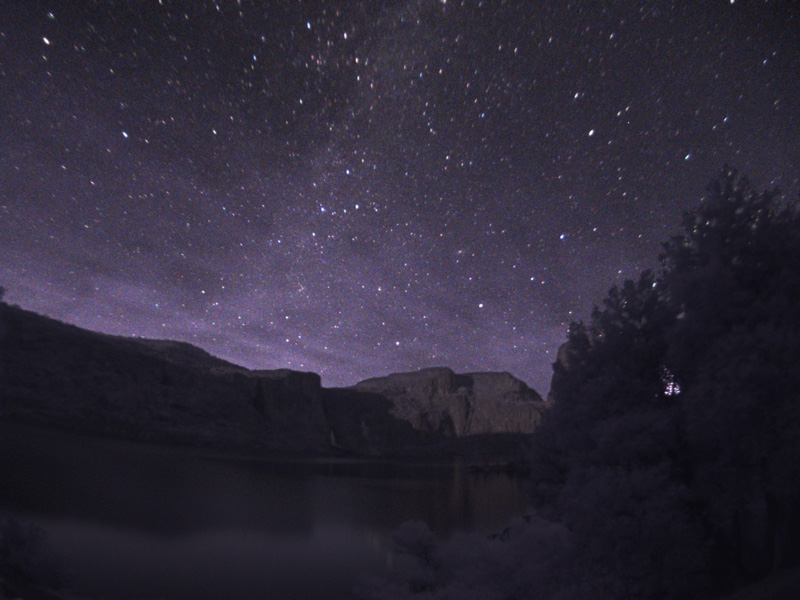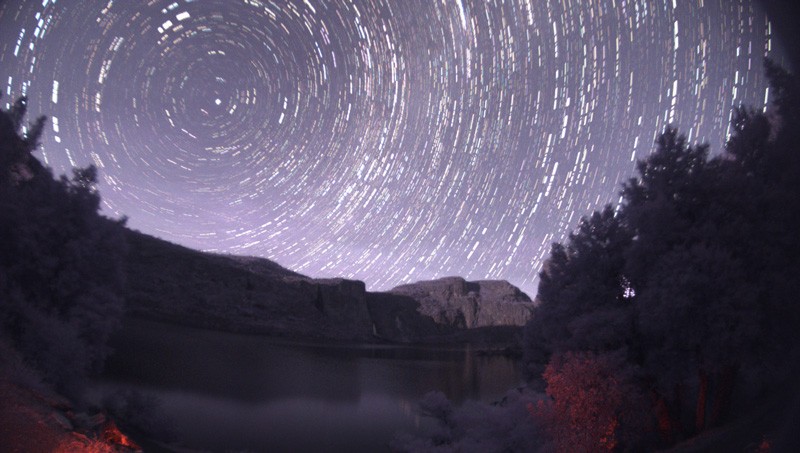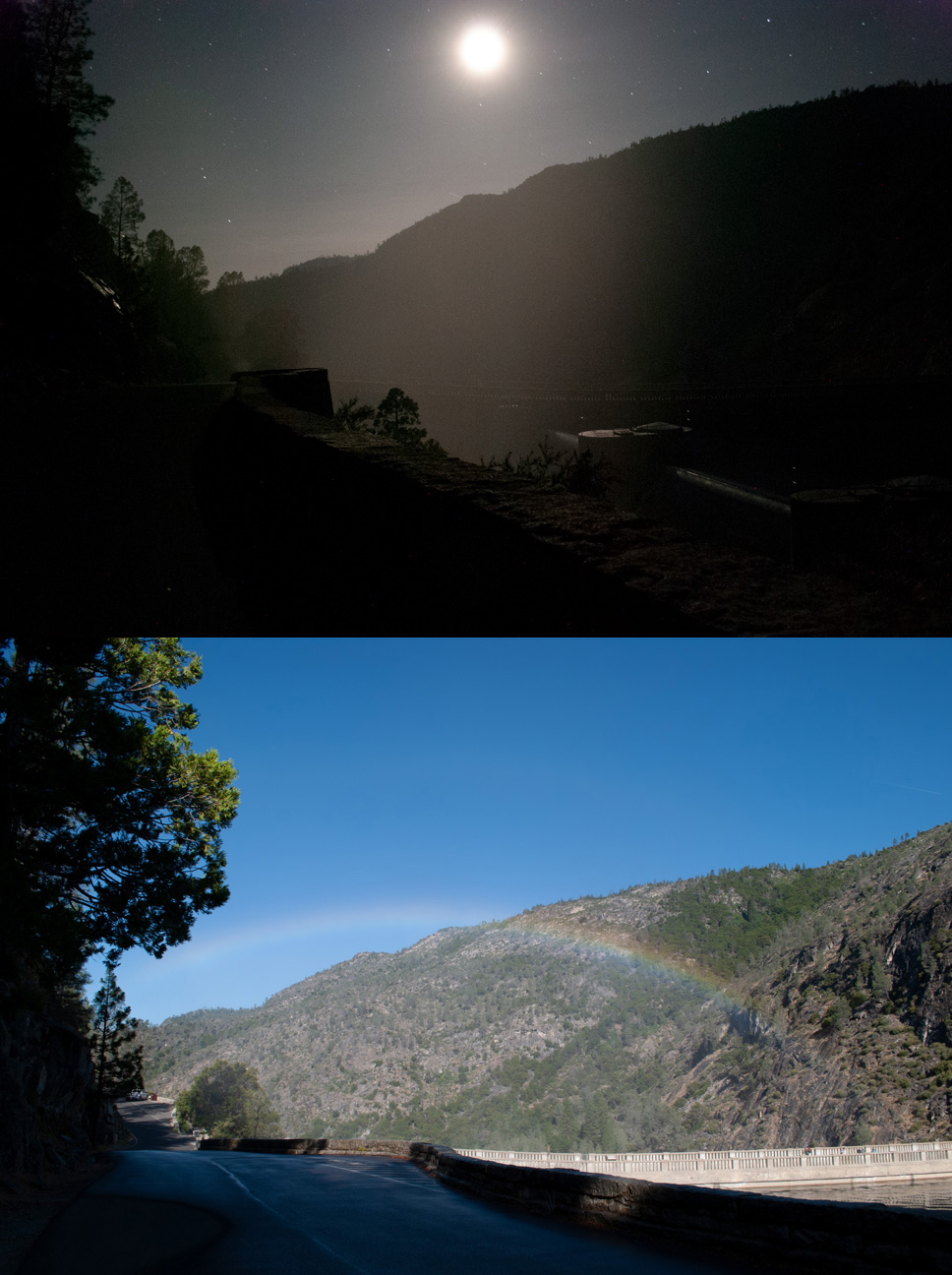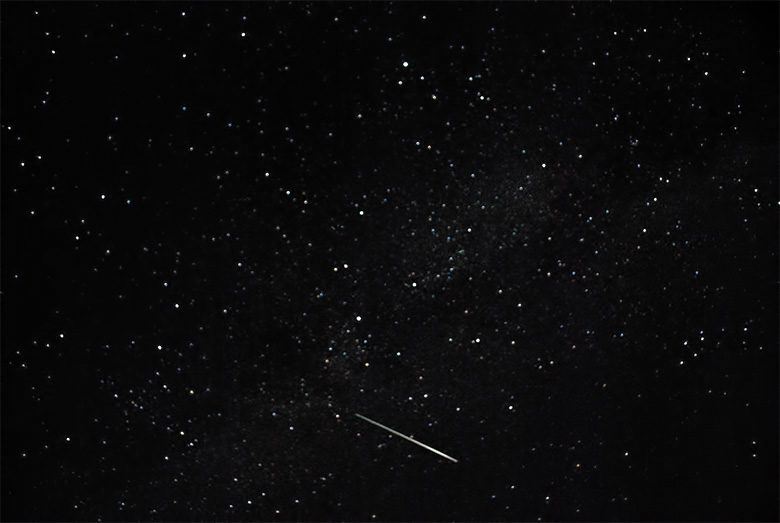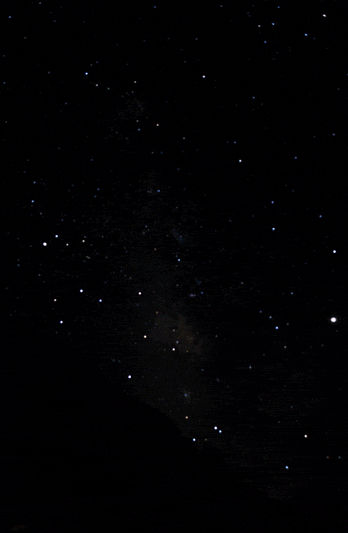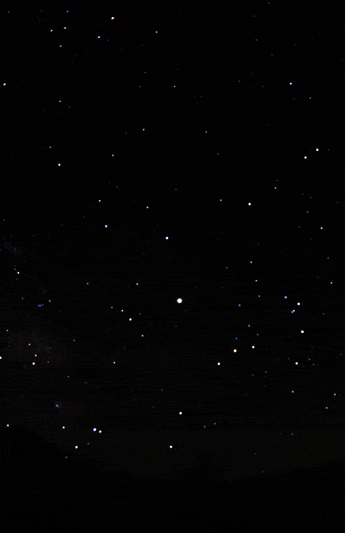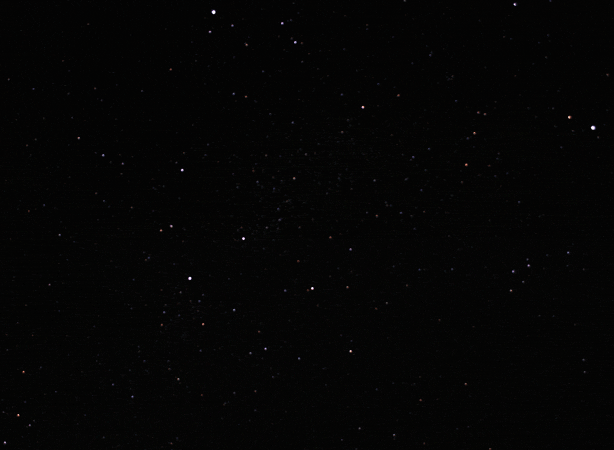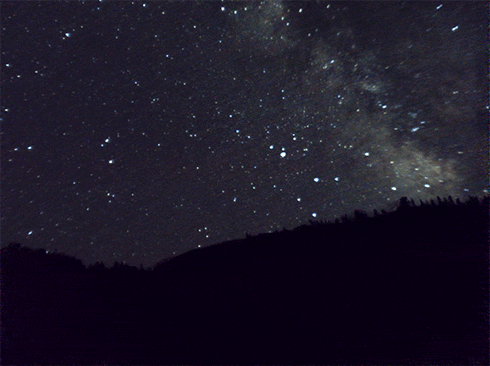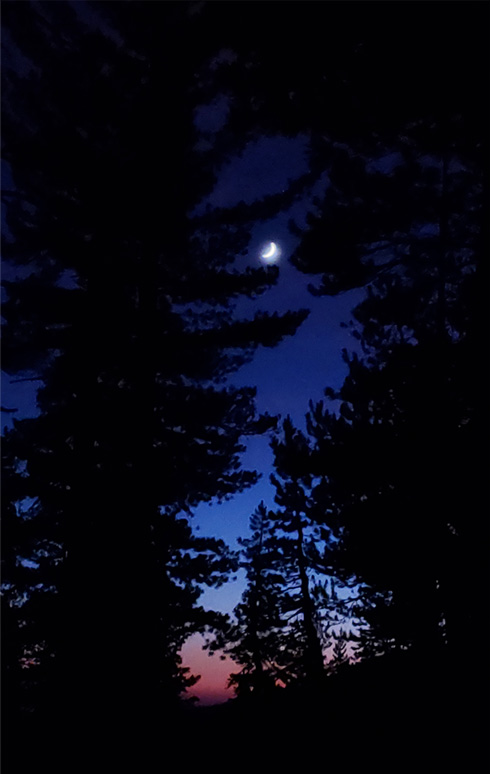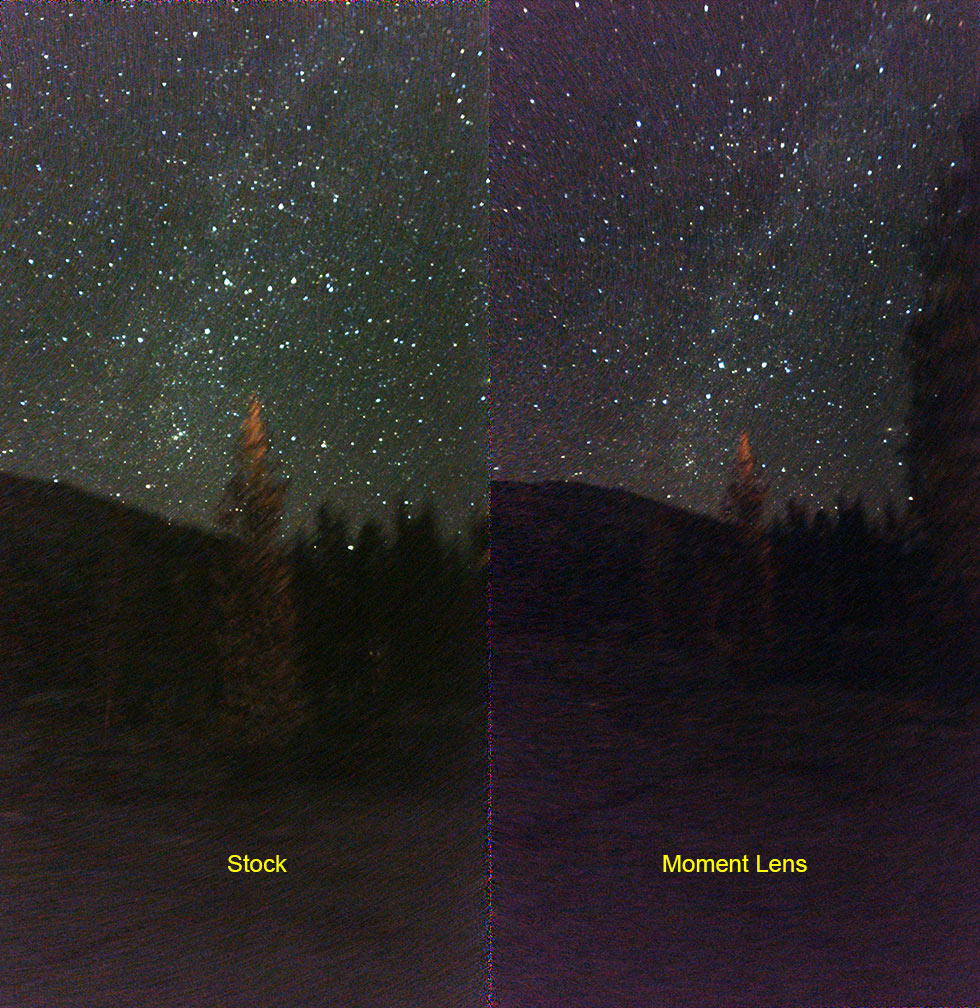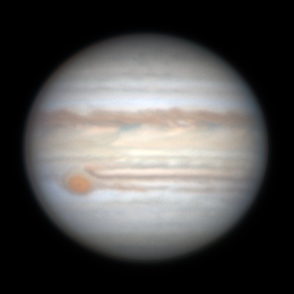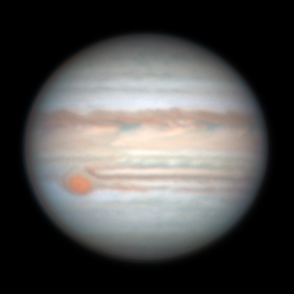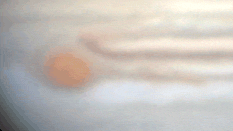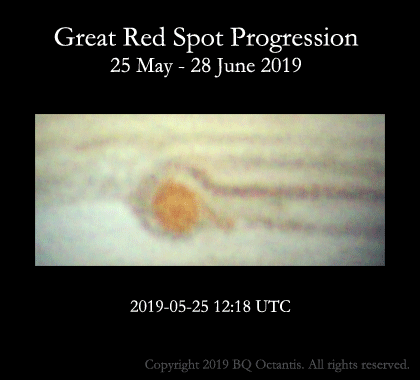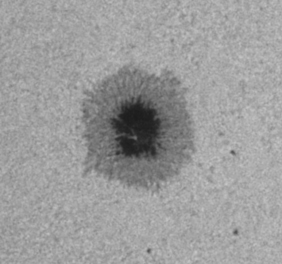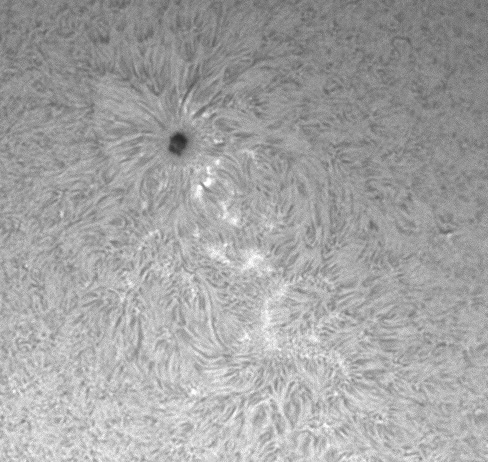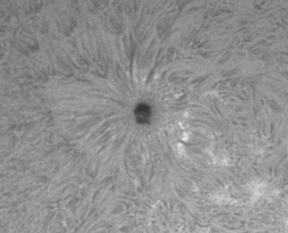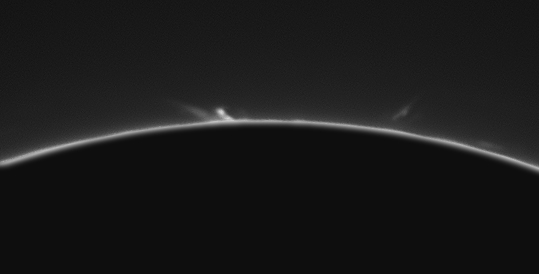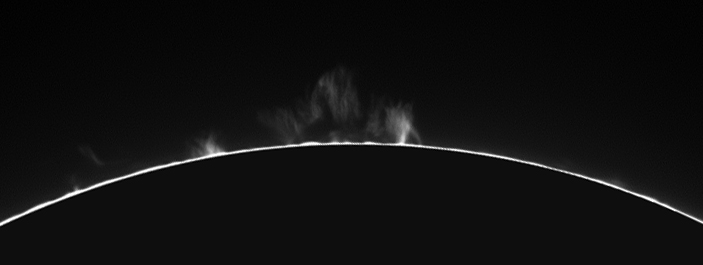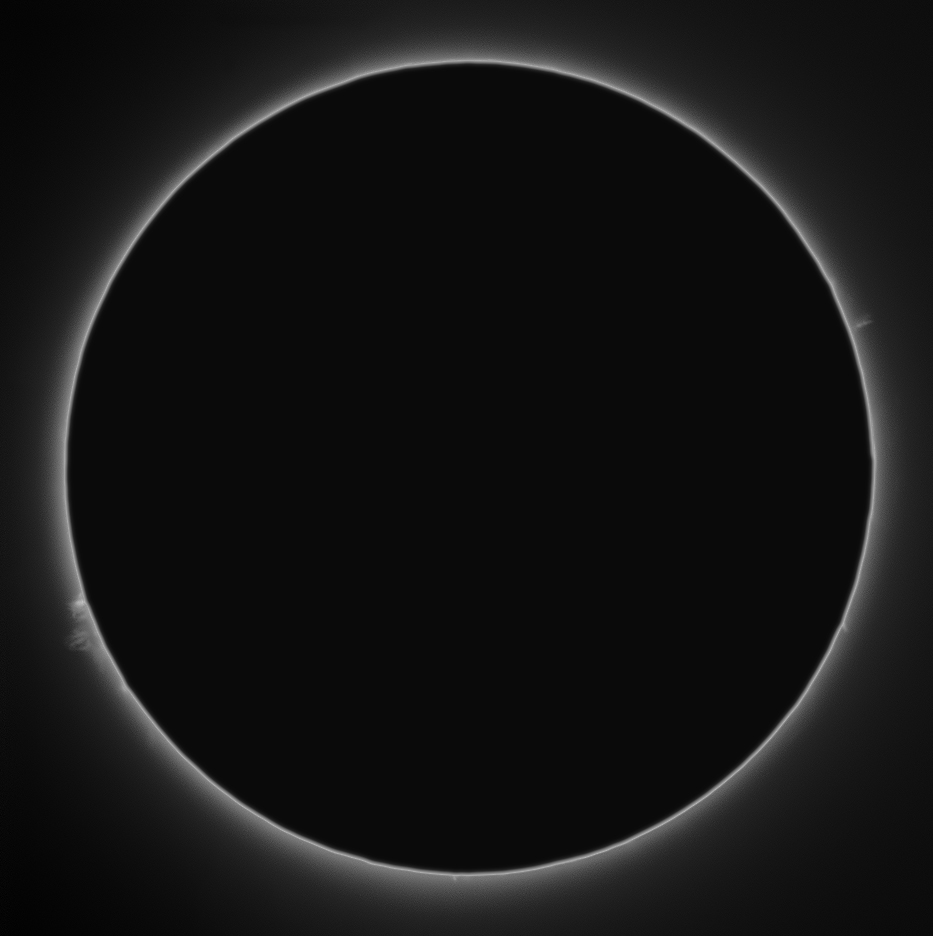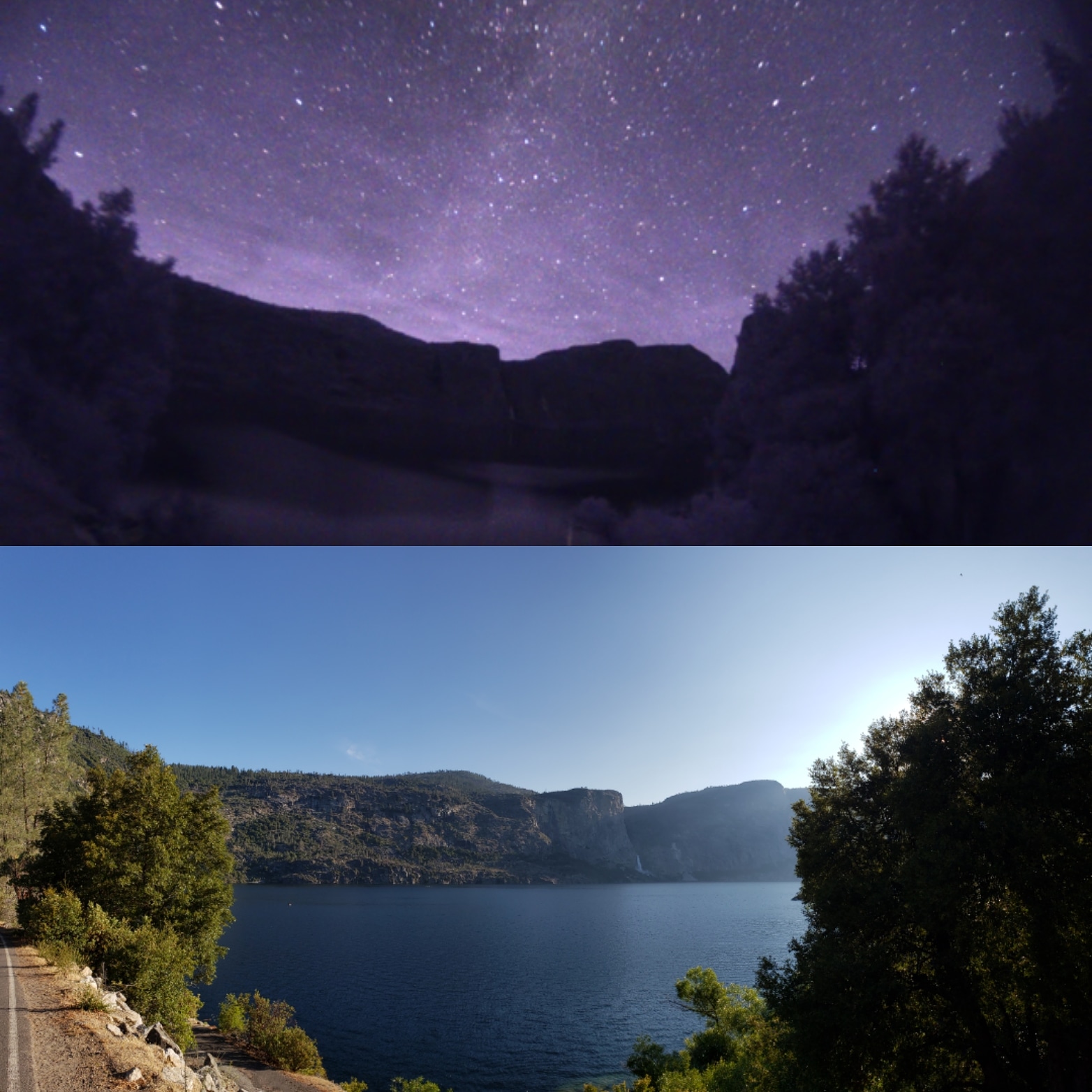 |
| Hetch Hetchy, night and day, Yosemite National Park |
Here's a slightly brighter view of the falls and reservoir with the landscape lit by the setting moon. the diagonal stripe mid frame is the milky way, slightly obscured by passing clouds on the horizon.
among other things seen in this northern view are Cassiopeia, mid milky way, and the andromeda galaxy to its right (see later images with annotations)
Here are a few hours of star trails:
here's a video of the rising milky way, with some passing clouds as the moon set, followed by a reverse version with star trails, ending with the setting moon illuminating the hills.
The dam kicked up quite a bit of spray. i spent an embarrassing amount of time trying to capture a moonbow as the moon set. the next morning the rising sun produced a beautiful rainbow at the same site--letting me know i was shooting from the wrong side of the spray. DOH!
Though there were no major meteor showers, we saw at least 4 an hour in the dark yosemite skies. Only caught one with the camera:
Here's sagittarius and the milky way along with a few wandering planets shot from the dam
A bit to the right, here's scorpius with bright jupiter.
straight up we saw the summer triangle with the cygnus the swan mid milky way
In August, we back packed from Tuolumne Meadows to Grant lake (again in Yosemite).
Here's a cell phone capture of my favorite constellation, Cassiopeia, the giant W, along with the milky way and the andromeda galaxy (same part of the sky as the earlier images).
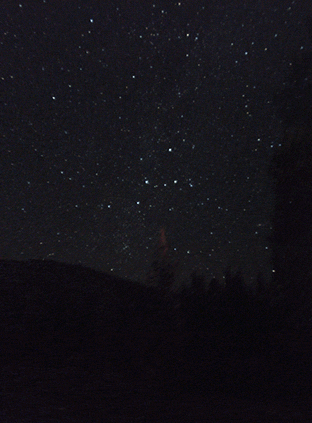 |
| Cassiopeia from Tuolumne Meadows |
here are sagittarius, saturn and the milky way rising at grant lake.
a final moon set thru haze at grant lake:
imaging details (for astrophotography nerds only):
many technical problems with these outings
the wide field images were plagued by my laptop switching to power saver mode several times grrr...
I missed focus on basically all of the DSLR images, hence the small scale. the cell phone images showed some promise, but the phone's exposure time is limited to 10 seconds. on the plus side, it allows captures in raw mode, allowing for dark subtraction.
perhaps i'll try this again with a modern DSLR and dedicated wide field lens.
The Moment cell phone lens attachment gives a wider field of view and is faster.
though there was little chromatic aberration, there were severe star distortions at the edges requiring cropping :(
Hetch Hetchy wide field (night)
ZWO ASI 290MC
stock fisheye lens
Shutter=20.0s
Gain=351 (58%)
20 second exposures continuously from
11:43 PM 7/7/19 to 1 AM 7/8/19 AM PDT
Hetch Hetchy, Yosemite National Park, California
(day)
Samsung Galaxy Note 9
FL 4.3 mm f/2.4
Moon
Nikon D60
stock lens (18-55) @15 mm f/3.5
30 s
ISO 1600
though there was little chromatic aberration, there were severe star distortions at the edges requiring cropping :(
Hetch Hetchy wide field (night)
ZWO ASI 290MC
stock fisheye lens
Shutter=20.0s
Gain=351 (58%)
20 second exposures continuously from
11:43 PM 7/7/19 to 1 AM 7/8/19 AM PDT
Hetch Hetchy, Yosemite National Park, California
(day)
Samsung Galaxy Note 9
FL 4.3 mm f/2.4
Moon
Nikon D60
stock lens (18-55) @15 mm f/3.5
30 s
ISO 1600
Rainbow
Nikon D60
stock lens (18-55) @18 mm f/8
1/250 s
ISO 100
Meteor, Sagittarius, Scorpius, Cygnus
Nikon D60
stock lens (18-55) @18 mm f/3.5
30 s
cygnus 88x30 sec ISO 400
scorpius 8x30 sec ISO 1600
saggitarius 5x 30s ISO 1600
even with dark subtraction, there was significant amp glow especially on the cygnus shot, hence the desaturation.
sky watcher star adventurer mount (tracking stars)
cell phone Cassiopeia and Sagittarius
Samsung Galaxy Note 9 with moment Wide 18mm Lens (Magnification Ratio - .63X)
FL 4.3 f/ .945 ?
30x10 s
ISO 800
stock lens (18-55) @18 mm f/8
1/250 s
ISO 100
Meteor, Sagittarius, Scorpius, Cygnus
Nikon D60
stock lens (18-55) @18 mm f/3.5
30 s
cygnus 88x30 sec ISO 400
scorpius 8x30 sec ISO 1600
saggitarius 5x 30s ISO 1600
even with dark subtraction, there was significant amp glow especially on the cygnus shot, hence the desaturation.
sky watcher star adventurer mount (tracking stars)
cell phone Cassiopeia and Sagittarius
Samsung Galaxy Note 9 with moment Wide 18mm Lens (Magnification Ratio - .63X)
FL 4.3 f/ .945 ?
30x10 s
ISO 800
